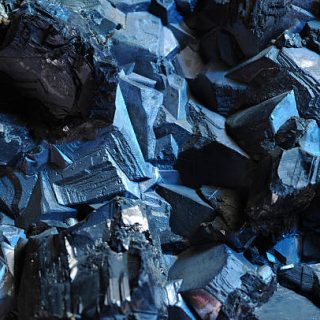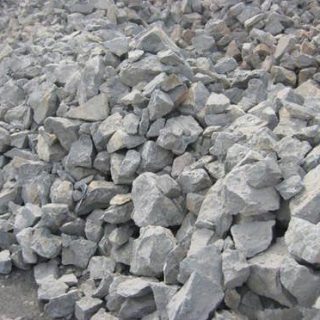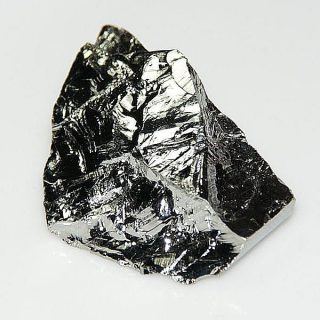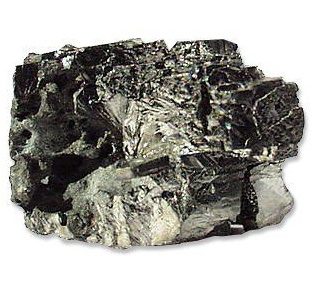Related products
-
Cobalt is a chemical element with the symbol Co and atomic number 27. As with nickel, cobalt is found in the Earth’s crust only in a chemically combined form, save for small deposits found in alloys of natural meteoric iron. The free element, produced by reductive smelting, is a hard, lustrous, silver-gray metal.
-
Calcium carbide, also known as calcium acetylide, is a chemical compound with the chemical formula of CaC₂. Its main use industrially is in the production of acetylene and calcium cyanamide. Hazardous Wastes: Calcium carbide is a D003 reactive hazardous waste, since addition to water generates a regulated amount of flammable gas.
-
Mercury is a chemical element with the symbol Hg and atomic number 80. It is commonly known as quicksilver and was formerly named hydrargyrum from the Greek words, hydor and argyros. Symbol: Hg Atomic mass: 200,59 u Electron configuration: [Xe] 4f¹⁴5d¹⁰6s² Atomic number: 80 Boiling point: 356,7 °C Melting point: -38,83 °C Period: period 6
-
Beryllium is a toxic bivalent element, steel gray, strong, light-weight, primarily used as hardening agent in alloys. Beryllium has one of the highest melting points of the light metals. It has excellent thermal conductivity, is nonmagnetic, it resists attack by concentrated nitric acid and at standard temperature and pressures beryllium resist oxidation when exposts to …





